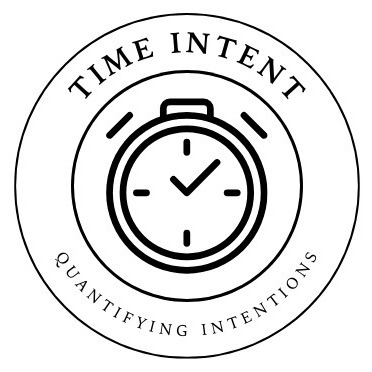Time Intent
Written on September 1st , 2024 by Paul Beaudet
Time intent was born out of a frustration with combining the use of various planning tools. However, like any other developer building some sort of productivity tool, it became more of an introspective study into how I work and how to make the best use of my time. Somewhere along the way, I discovered the root of what I had been doing all along: creating a system of quantifying time awareness to cover my own shortcomings. Retrospectively, it’s not complicated; you could do it yourself with pen paper and a stopwatch. Write down the time and what you are doing, start the stopwatch, and proceed with the task. When you need to switch to doing something else, repeat the process. With enough time and review, patterns emerge, and you become aware of what to expect of yourself without relying on a warped perspective. A side benefit is that it encourages time blocking, a popular productivity tool that divides one’s day into focused chunks to avoid multitasking.
The warped time perspective comes from a variable perception of time: all people have some degree of it, but some of us have more than others. Prognostication about an individual’s time awareness challenges outside the norm might be confounded by the problems one chooses to tackle and the environment of expectations one lives within. Clinically, professionals in the area of psychology have labeled maladapted time awareness as one of many symptoms of ADHD and ASD. Outside the disorder labeling, people are increasingly talking about neurodivergence to nuance the conversation between the drive for cures and acceptance of the associated differences. Regardless of labeling and the cause, it’s clear that there is a broad and growing market for a symptom-free time awareness tool.
The promise of Time Intent goes further than the pen-and-paper method explained above. It automatically calculates durations and can compile metrics of past results and project habits/intentions into the future. In future versions, users will be able to compare their past with their future and decide if their plans are realistic. All is done through an install-free web application that stores private information on the device. Users access Time Intent like a website, which exists on their device as if it were a native application, even working without a connection. The saving, backing-up, and sharing of data will happen through Time Intent’s paid service on the official release.